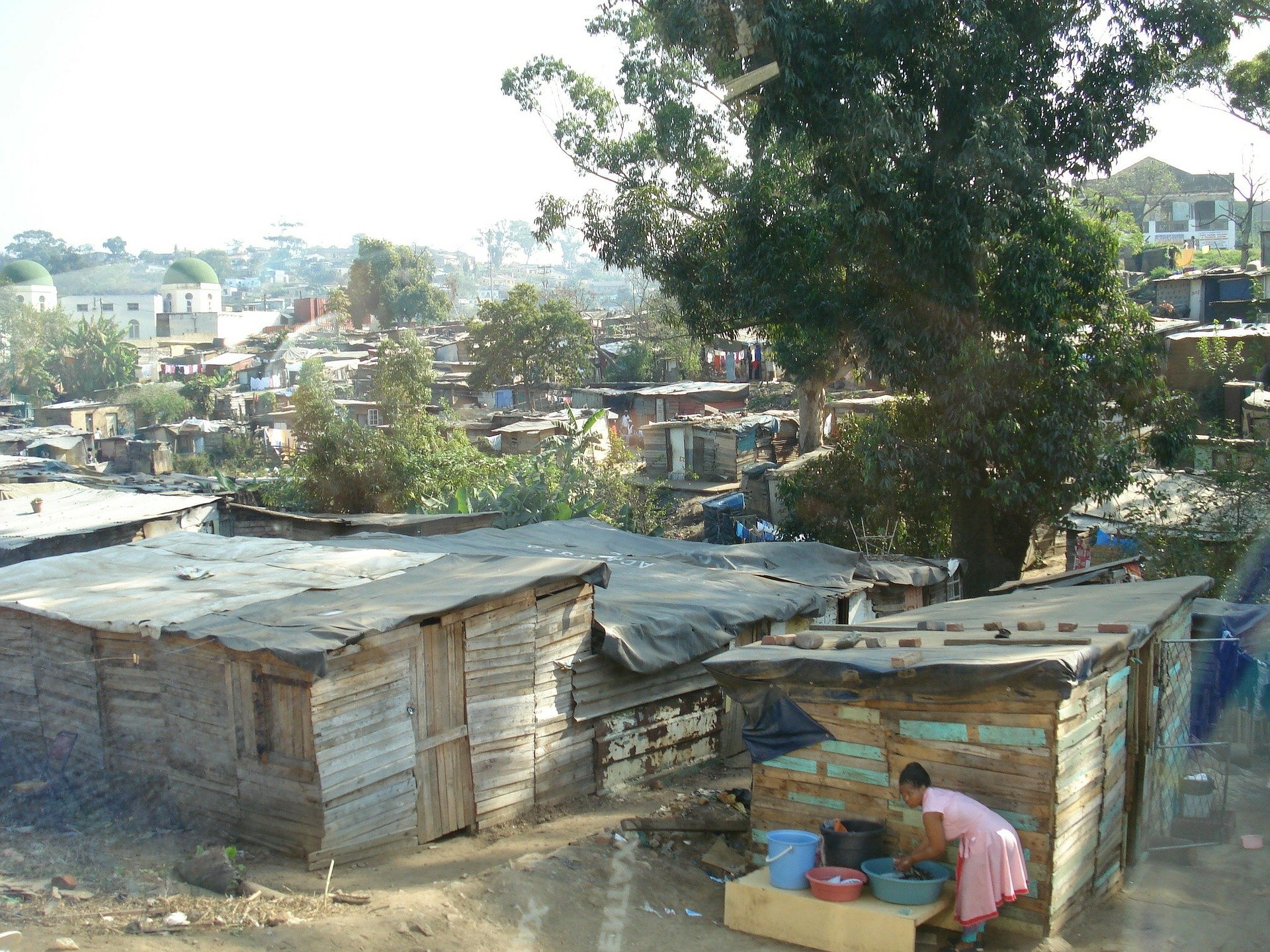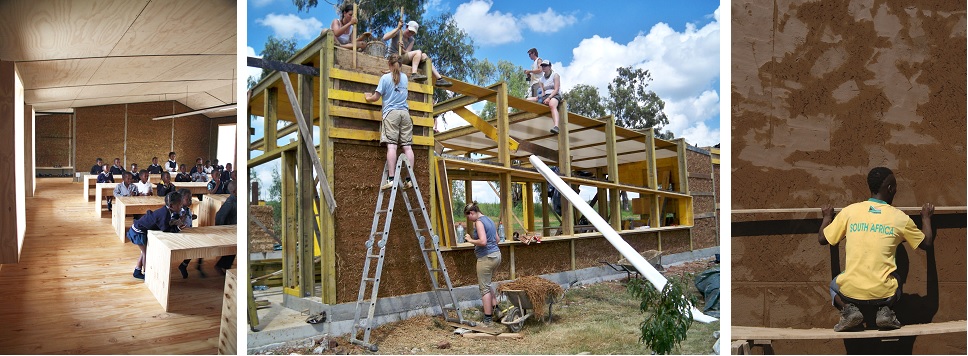The urbanization is also a megatrend in Africa.
But unlike during the industrialization in Europe in the 19th century or in Asia in the 20th century, no metropolises but miserable megacities arise in Africa: two third of the urban population growth in Africa takes place in slums.

The increase of agricultural productivity, that caused an immigration of rural workers into the cities (= push-factor), and the industrial development in the cities, that attracted rural workers with the prospect of higher wages (= pull-factor), were main drivers in the process of urbanization in Europe and in the US. (Reference: Dr. Claudia Skippe, https://www.deginvest.de/DEG-Dokumente/Download-Center/DEG_Wirtschaftliche-Aussichten-Urbanisierung-in-Afrika_2017_06.pdf )
In Africa there is neither a considerable increase in agricultural productivity nor an industrial development in cities.
How can these double deficits be eliminated?
The construction of apartments, schools, hospitals and commercial buildings (https://www.detail.de/blog-artikel/bunte-schatten-in-niger-dandaji-daily-market-von-atelier-masomi-34867/) as well as the upgrading of slums create jobs and thereby generate purchase power for a great part of the population. This means that not only the requirements for an enormous increase in productivity of agriculture can be met but also for the development of industrial structures in cities.

© FH Kärnten, the photos come from the exhibition "Building for Africa"
The entrepreneur Eckhardt M.P. Dauck with his companies Zero Carbon Designes Ltd. and Strawtec Group AG follows a very promising approach in the area of building (www.zerocarbondesigns.com).
Dauck explains his concept in an interview in the „blog: subsahara-africa“: “I believe that our concept with its offering of a completely local and sustainable value chain is very attractive for African countries. This includes the area of research and development, design, planning, production of sustainable materials and scalable solutions – for the sustainable building of affordable housing as well as barracks and schools. On top of the creation of direct and indirect jobs our investments offer many other advantages for the local economy including a positive effect on the commercial balance through import substitutions, qualification of graduates of vocational schools with continuing training, the collaboration with local construction companies and additional income for a majority of small farmers with the sale of straw as a raw material.”
The approach of the Egyptian entrepreneur Samih Sawiris with his project Haram City is also a valuable contribution to the implementation of strategy outlined (http://www.casaorascom.com/housing_communities.htm).
Experiences from the Condominium Housing Project in Addis Abeba show that it is not only about the improvement of the housing situation. A pure, sustainable appreciation of slums can only be achieved in combination with microcredits, the security of property and the creation of jobs as well as educational opportunities.
To initiate a successful development of agriculture the financing as a brake on growth needs to be released. Experience showed that microcredits can’t initiate a significant development. The proven system of investment promotion through subsidies can significantly contribute to the development of an entrepreneurial middle class. Investment subsidies feed into the financing and generate the equity, which is usually not available.
Great and innovative solutions are required. By implementing this strategy outlined we can generate a prospering Africa.


